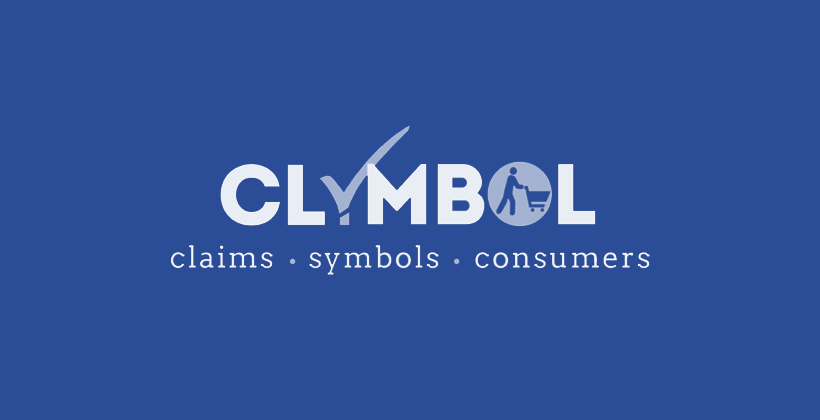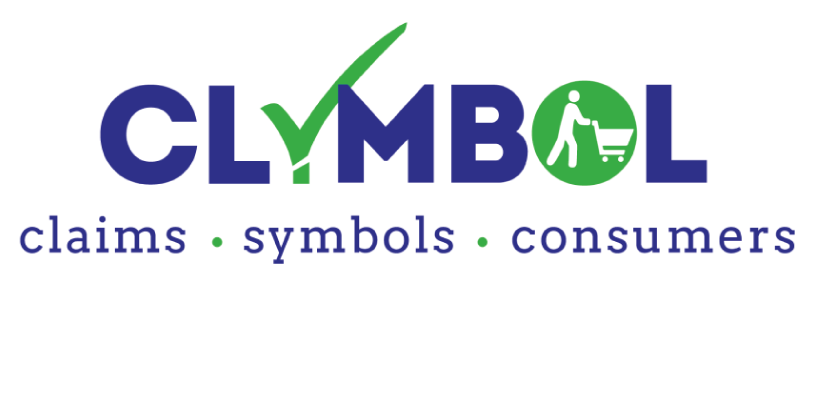Nutrition and Health Claims in Food Labelling
Last Updated : 16 July 2007Nowadays more food labels contain nutrition and health information that gives us useful knowledge about the food we buy. It can help us to understand the contribution different foods make to our health and well-being and to choose a more balanced diet.
New Regulation on nutrition and health claims
In January 2007, Regulation 1924/2006 on nutrition and health claims made on foods, was published and will apply in EU Member States from 1 July 2007. This is the first piece of specific legislation to deal with nutrition and health claims. Its aims are:
- To ensure a high level of consumer protection by guarding against unsubstantiated, exaggerated or untruthful claims about foodstuffs. With the new legislation, consumers can rely on clear and accurate information on food labels, enabling them to be properly informed on the food they choose.
- To harmonise legislation across the EU by providing food producers and manufacturers with clear, harmonised rules that will enable fair competition to help protect innovation in the food industry, by ensuring that manufacturers make genuine health and nutrition claims and are not competing with false or inaccurate claims.
The Regulation will apply to any health and nutrition claims made on food or drink products produced for human consumption to be sold in the EU/ Member States’ market, including all commercial communications, generic advertising and promotional campaigns. It is also applicable to foodstuffs for particular nutritional uses and supplements.
Types of claims
Three types of claim will be allowed to be made on foods throughout the European Union:
- Nutrition claims, which state, suggest or imply that a food has particular beneficial properties due to its composition (regarding energy or a particular nutrient). Examples of this type of claim will be: ‘source of’, ‘free of’, ‘high’, ‘low’ or ‘reduced’ in calories or a particular nutrient.
- Health claims, which state, suggest or imply that a relationship exists between a food or one of its components and health. This type of claim mentions the physiological function of a constituent such as ‘calcium can help build strong bones’. The claim must be based on generally accepted scientific data and be well understood by the average consumer.
- The third type are ‘Disease risk factor reduction’ claims. They are a specific type of health claim, which state that a food or one of its components significantly reduces a risk factor for human disease. For example, phytosterols can help reduce blood cholesterol, hereby reducing a risk factor for cardiovascular disease. For the first time, mention of disease will be allowed on food, but only after approval by the European Food Safety Authority (EFSA).
Nutrient profiles and nutrition and health claims
Claims are used to present products as having an additional health or nutritional benefit. In most cases, consumers perceive products carrying certain claims to be better for their health and wellbeing. However, at the moment, a food which is high in fat, salt and/or sugar, can still use claims such as “rich in vitamin C” or “high in fibre”, even if the overall health and nutritional benefits of the product are low.
The Nutrition and Health Claims Regulation aims to protect consumers from being misled, by controlling nutrition and health claims. In the case of Health claims, this will be achieved by establishing a positive list of claims, which will be generated in three steps. Member States will first send the list of the claims they consider are valid, based on generally accepted science in their country (by January 2008). Then EFSA will evaluate those claims received within two years. Finally, the accepted list of Health Claims will be in the public register. For new Health claims, a file with the supporting evidence will need to be submitted to EFSA, by the company wishing to make the claim on a food or drink, and the approval procedure followed. For disease risk factor reduction claims and claims on children’s health, more elaborate procedures have been foreseen.
The Regulation requires the European Commission to establish nutrient profiles as criteria that foods must meet to bear claims. The nutrient profiles will be based on the scientific opinion of the EFSA. Within 24 months of the Regulation entering into force, the Commission will consult the relevant stakeholders, and present proposals for nutrient profiles to Member State experts. If they support these proposed nutrient profiles, they will be adopted by the Commission and used as a condition for making claims.
In order to facilitate the application of this measure, a derogation (exemption) was agreed which will allow nutrition claims to be made if just one nutrient is higher than the required profile. However, the high level of this nutrient must be clearly marked on the label, close to and with the same prominence as the claim. If two or more of the nutrients exceed the limit, no nutritional claim can be made.
References
Aggett PJ, et al. (2005) PASSCLAIM Process for the Assessment of Scientific Support for Claims on Foods: Consensus on Criteria. European Journal of Clinical Nutrition 44(Suppl 1):1-30.








